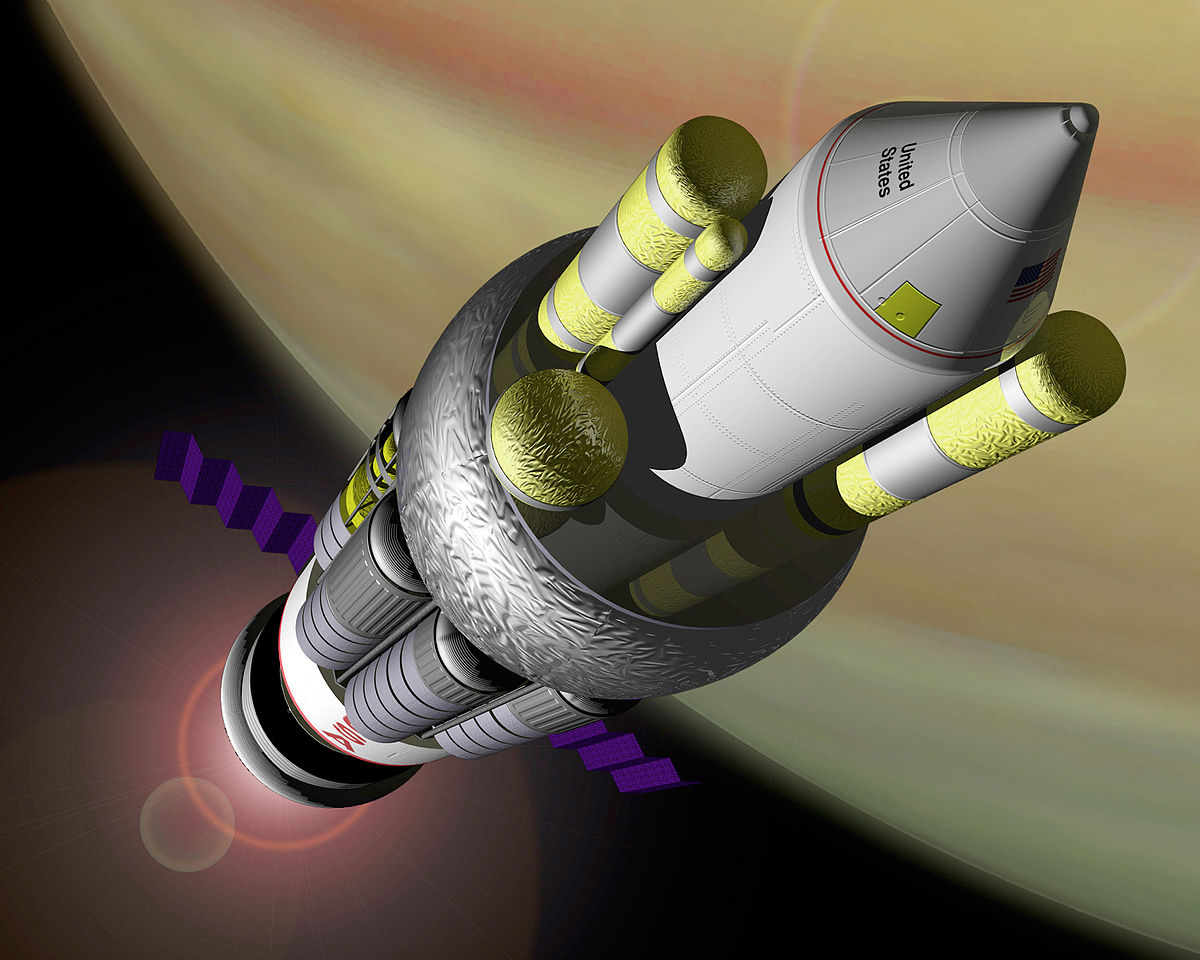I'm more ambivalent here. Short of reaching singularity, if we would have industrial-scale D+T fusion in 50+ years, it would still took at least 50+ more years to sucsessfully fuse D+He-3. And miniaturization... as I said, it may not be even possible.
Then assuming that's what's going to happen, then it will still fall in the 100 year grounded estimate or more. Either way, it will be coming. As for miniaturization, it may seem impossible now, but we have made immense strides in technology in the last 2 centuries, assuming that this trend continues, miniaturization may seem possible at some point. As much as we should be aware of the principles that may hold all this development back, let's also not estimate the human ingenuity to find a way to make such things more accessible.
Yes, that's the problem. Not all technology could be minituarized well. And fusion power seems to be the kind of technology that would not.
Perhaps so. If it can be miniaturized, then well and good. I would hope for that to happen in the future at some point so that it can fit in more types of technology that we may be developing in the future. But if it can't be miniaturized, then they will still be of benefit as either way, they'll be much smaller than fission nuclear reactors. At most, you can probably fit 5 or more Fusion Reactors onto a single Fission Reactor, and since one already produces far more power than the entire Fission Reactor, the overall power output of such a facility will be multiplied immensely.
And if they can't be miniaturized as such, there may still be some military hardware that can possibly contain them, like US ships, especially Aircraft Carriers, and possibly some larger planes like Cargo and Bomber planes. In addition, every base and facility can also house them so as to have an independent source of energy from the common power grid (Or maybe that's already a thing now, so adding Fusion Reactors will just make it better).
With all respect, I do not believe in secret laboratories making secret government research. I could not recall any case of major fundamental science breakthrough made that way.
Understandable. Some people only believe what they see or know. But for me, they exist, we just don't know it. And if people are skeptical of their existence, then it means their secrecy efforts are working.
The Manhattan Project is one example of such a program. We all know about it now, but back then, it was very top secret, and only when the Nuke was dropped on Hiroshima and Nagasaki did its existence became public. True, their aim was to make a Nuclear Bomb, so it was more of a weapons program than a science research program, but they had to learn and study all that is about nuclear production in order to make the bombs in the first place. And with their skill taken from doing all that, they were then able to make Nuclear Reactors and then share the technology with their allies, thus indirectly, a weapons program may have also given us the Nuclear Reactor as one of its gifts.
Perhaps in the same way, I think that there are several scientific black operations and research organizations out there that are studying all these things, while keeping an extremely non-existent profile, so that absolutely no one but those with the necessary clearances can know of the actual truths that are happening within, and thus, only unveil what they have found only when the time to reveal it is imminent. Maybe the news of the Ignition actually happened months ago (I recall an article saying it happened in August of this year), just that they didn't reveal it until a specific time, so as to slowly allow the public to be aware of this success in their efforts, and thus get ready for the future of Fusion Reactor Technology.
There is one difference. In case of guns, missiles, ect., we are applying what we already know. In case of fusion power, we are working with a lot of unknown. As I said before - hot plasma turned to be a thing, that just seems to invent a new puzzling properties as soon as we more or less find the way to dealt with previous one.
I suppose so. So many unknowns are present in finding out about Fusion Reaction Research than many other innovative fields, especially that Fusion Reaction is running on our understandings of Physics, which as I mentioned before, may be incomplete to a tremendous degree, and new discoveries in Physics may also prove all the more detrimental to the current state of the research.
Regardless, if we are to provide a new source of energy to the world, if we are to hypothetically offer fire to the common populace that never had fire before, then these unknowns and risks are things that we all should be ready to face. For it is only through threading the unknown that we start to turn it into the Known, and then apply it to what we are doing, so as to produce what we need to produce.

en.wikipedia.org



